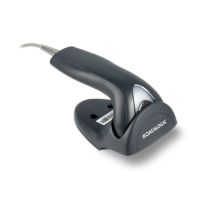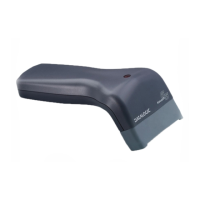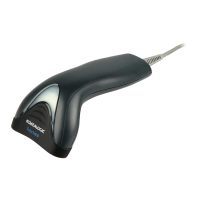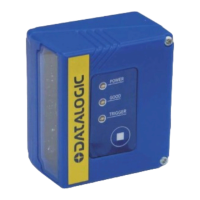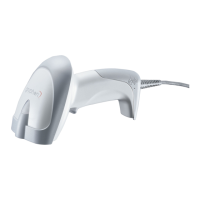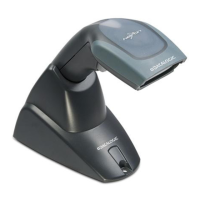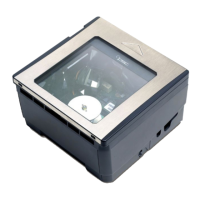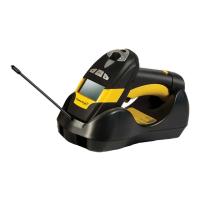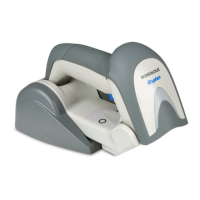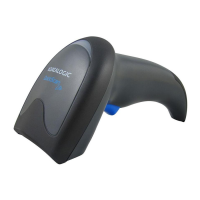Product Reference Guide
1
Chapter 1
Introduction
About the Touch TD1100
The Touch™ TD1100 series of linear imaging contact readers represent the Datalogic ADC
solution for customers who require a cost-effective solution for close contact bar code reading
without sacrificing quality and performance.
Designed for low throughput applications within multiple markets, the Touch TD1100 readers
provide the guarantee of contact reading with an excellent reading performance on virtually all
linear bar codes, including damaged or poorly printed codes.
Small, lightweight and low on energy consumption, the Touch TD1100 readers can still
provide robustness and a 1.5 m / 5.0 ft drop resistance, which is typically included in a higher
range of products.
The Touch readers are available with the option of two different sizes of reading windows: 6.5
cm / 2.6 in (Touch 65) or 9.0 cm / 3.5 in (Touch 90), which benefits the user when reading
either standard or wide bar codes.
The Touch 65/90 Pro readers provide a complete all-in-one multi-interface solution, including
RS-232, USB, and Keyboard Wedge Emulation, while the Touch Lite 65/90 readers provide
USB-only or RS-232 / Keyboard Wedge interfaces.
About this Manual
This Product Reference Guide (PRG) is provided for users seeking advanced technical
information, including connection, programming, maintenance and specifications. The Quick
Reference Guide (QRG) and other publications associated with this product are downloadable
free of charge from the website listed on the back cover of this manual.
Typically, units are factory-programmed for the most common terminal and communications
settings. If you need to modify any programmable settings, custom configuration can be
accomplished by scanning the programming bar codes within this guide.
Programming can alternatively be performed using the Datalogic Aladdin™ Configuration
application which is downloadable from the Datalogic website listed on the back cover of this
manual. This multi-platform utility program allows device configuration using a PC. It
communicates to the device using a serial or USB cable and can also create configuration bar
codes to print.
Overview
Chapter 1, Introduction provides a product overview, unpacking instructions, and cable
connection information.
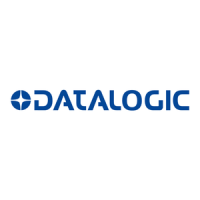
